
Best Places to Stay in Depoe Bay Oregon
Best Places to Stay in Depoe Bay Oregon
Depoe Bay Oregon is one of the most beautiful areas to go to with a dramatic shoreline, world-class whale watching opportunities, and numerous things to do, like fishing. It’s set on a stretch of Oregon’s Pacific Coast, so expect a lot of fun under the sun, whether you’re enjoying the beach, out fishing, or checking out the tourist attractions.
Of course, when you’re planning your next trip to any area, one of the first things to do is to plan where to stay when in Depoe Bay Oregon. We list down the best places to stay, so read on!
Best Places to Stay in Depoe Bay Oregon
Depoe Bay Oregon is home to many hotels, resorts, motels, hostels, and services apartments. We narrow down our list to what’s considered the best based on our research and reviews.
Whale Cove Inn
The Whale Cove Inn is considered an adults-only hotel for those over 16 years old, so this is the best for couples rather than families. It’s perfect for romantic getaways and honeymoons because of the rooms and amenities offered. The best part is that Whale Cover Inn is a marine wildlife refuge and one of the best areas you can go whale watching and hike in the natural rainforests nearby.
Every suite features a balcony or terrace with a private hot tub where you can relax after a long day out. Since it’s a suite-only hotel, expect spacious rooms and other amazing facilities, like a gourmet restaurant serving up delectable dishes using the finest foraged and local farm ingredients.
SCP Depoe Bay
If you’re a family or large group of friends, then the SCP Depoe Bay is a suitable option. This is an eco-friendly surf lodge facing the harbor, mere minutes from the ocean. Think of it as an upscale hostel at an affordable price, where sustainability is the main focus.
All the rooms are lovely, as it features minimalist décor with a chill atmosphere for guests to feel cool and cozy. There are 13 rooms available with communal areas like the kitchen, living room, dining area, and gym. Every room has its balcony or terrace, as well as spectacular views of the harbor and contemporary artworks displayed everywhere.
Another perk is accessibility. You will be walking distance from the nearest whale watching center and the Rocky Creek State Scenic Viewpoint. And because you’re minutes away from the ocean, you can go surfing, fishing, kayaking, cycling, or do other watersports, too.
If you’re in the mood to shop, then you’re a short drive away from the Lincoln City Outlets and other nearby tourist attractions.

Four Winds Motel
For those on a budget and looking for something accessible to the waters, the Four Winds Hotel is an adequate option. It’s one of the most affordable places that are accessible to whale watching and deep-sea fishing, with fishing charters a few minutes’ walk away. There is also beach access and you’ll be nearby delicious restaurants.
The rooms are simple, with each room including free WiFi, cable TV, attached bathrooms, and sea-inspired décor. There is even a swimming pool, fitness facility, and hot tub you can take advantage of!

Clarion Inn Surfrider Resort
The Surfrider is a hidden gem and a combination of a luxury resort and restaurant, sitting on a cliff over the Pacific Ocean and between Depoe Bay and Lincoln City. It overlooks the Fogarty Beach, so you have a spectacular, panoramic view of the ocean. You will also get direct beach access, with whales living in the waters below the resort.
You also get to take advantage of fantastic amenities, such as an indoor pool, sauna, business center, event center, and game room. All the rooms are comfortable, with some rooms featuring decks, balconies, and even kitchenettes!
Travelodge by Wyndham Suites
If you’re looking for something simpler and more affordable, then you will appreciate the Travelodge by Wyndham. It has everything you need in a hotel room, such as fast WiFi, comfortable beds, and accessibility to numerous attractions around Depoe Bay Oregon.
It does not include world-class amenities like pools, spas, fitness centers, and the like. However, you still get stellar 24/7 service. You can also request a room with a balcony to get lovely views and the cool ocean breeze.

Whale Pointe Resort
This is a property owned by Wyndham Resorts and is now one of the most popular luxury accommodations on the Oregon Coast. It overlooks the Pacific Ocean, with nearly every room featuring oceanfront views of Depoe Bay’s rugged rocky coastline.
You can get all the luxury amenities in this resort as it features multiple swimming pools and spas, along with other activities like exercising in the fitness center, playing in the game room, enjoying drinks in the lobby, or walking downtown to visit attractions and shop. You can also have other activities scheduled such as hiking, beach combing, fishing, kayaking, biking, clamming, tennis, and whale watching.

Channel House Inn
The Channel House Inn is nestled within the magnificent views of the Oregon Coast, combining the luxury feel of a first-class hotel with the comfort and ambiance of a small country inn.
From here, you can breathe in the fresh ocean breeze as you take in the panoramic views, sunsets, and whales. The property is perched on an oceanfront bluff so your room can have whirlpools, gas fireplaces, and oceanfront decks. Every room is designed with contemporary décor and natural elegance in mind for any guest’s comfort.
Wrapping It Up
We hope that our list helped you find the best place to stay when in Depoe Bay Oregon. Now that you’ve narrowed down your accommodation options, it’s time to figure out what to do when in the area already. If you’re into fishing, contact us now and you can book a fishing charter for an adventure!
Schedule your Oregon Fishing Charter Today!
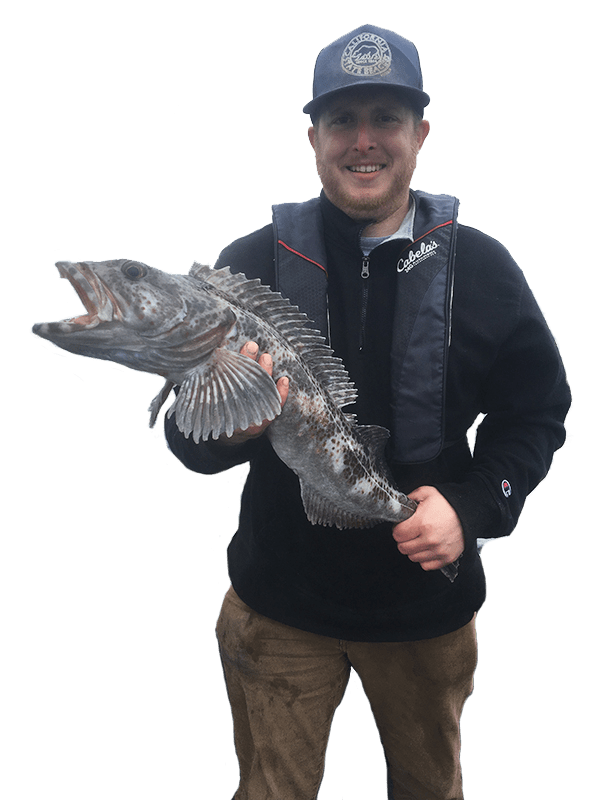


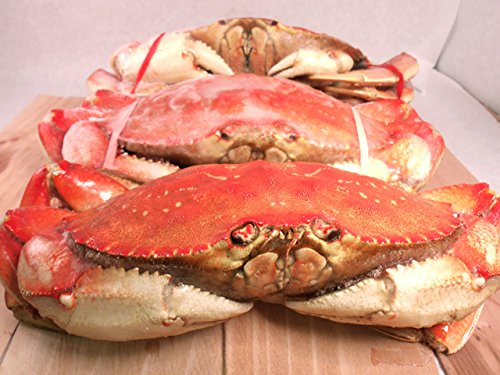




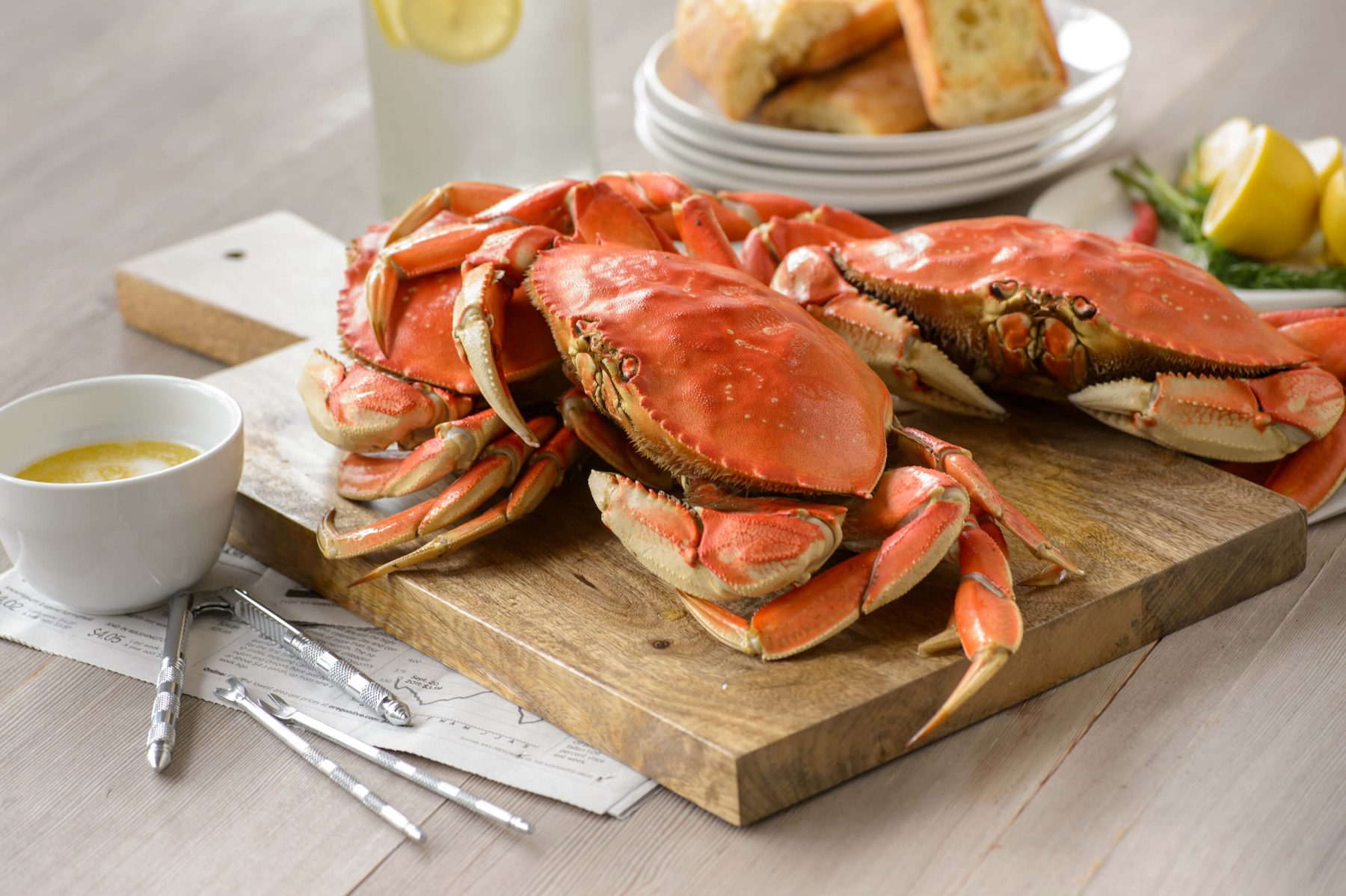
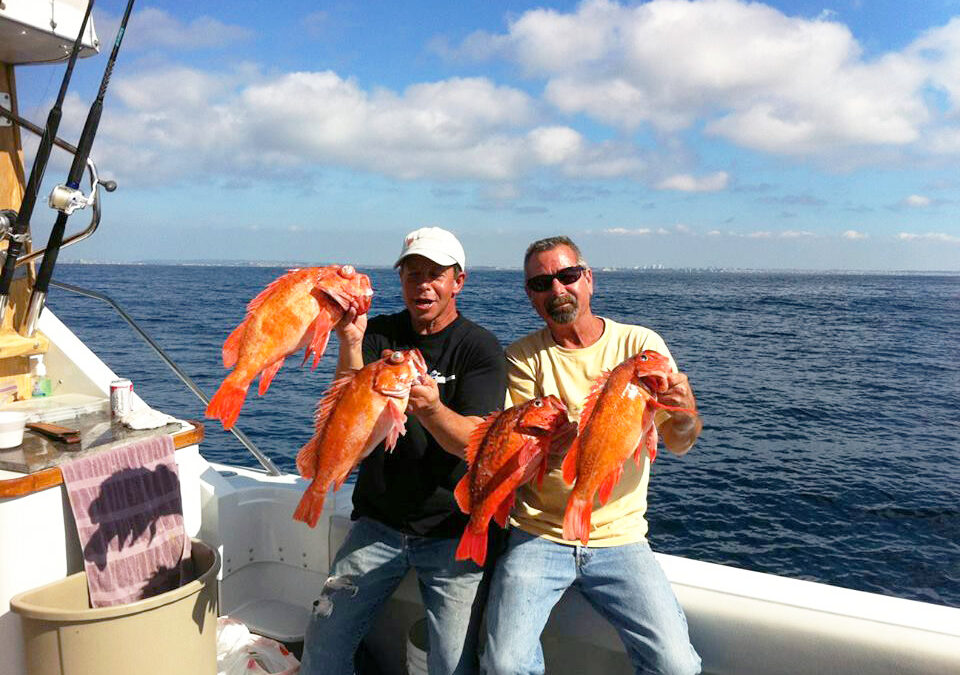
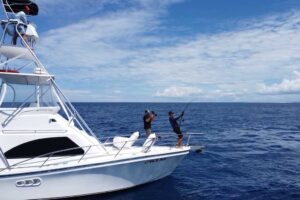



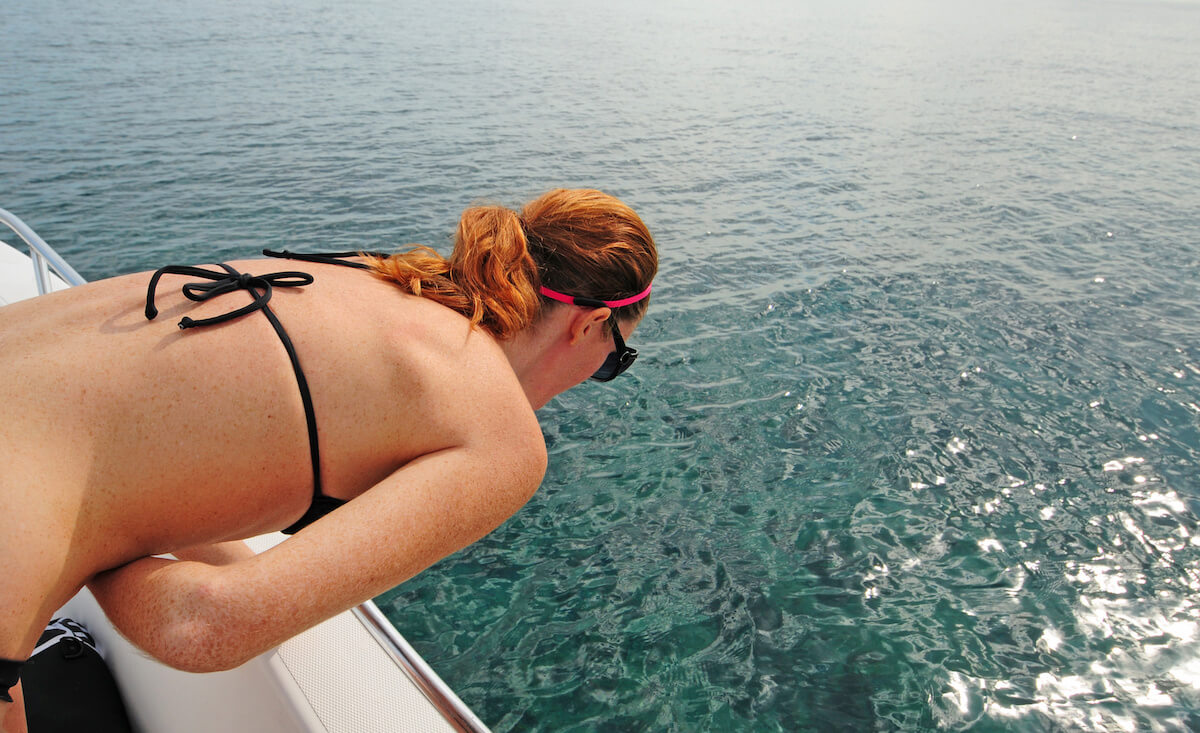
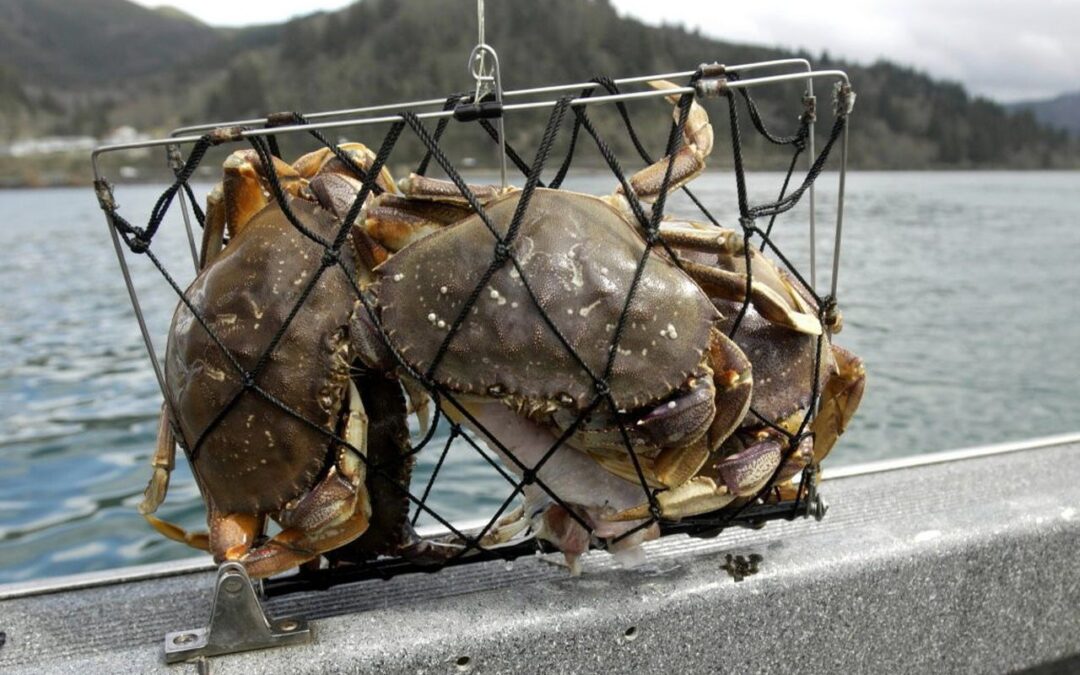
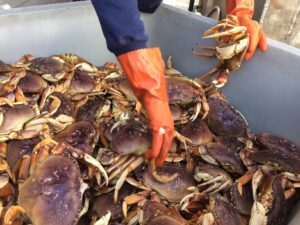

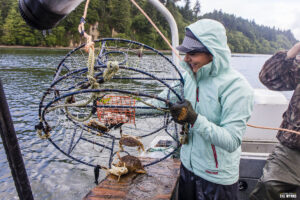
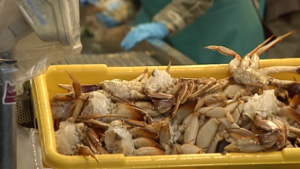
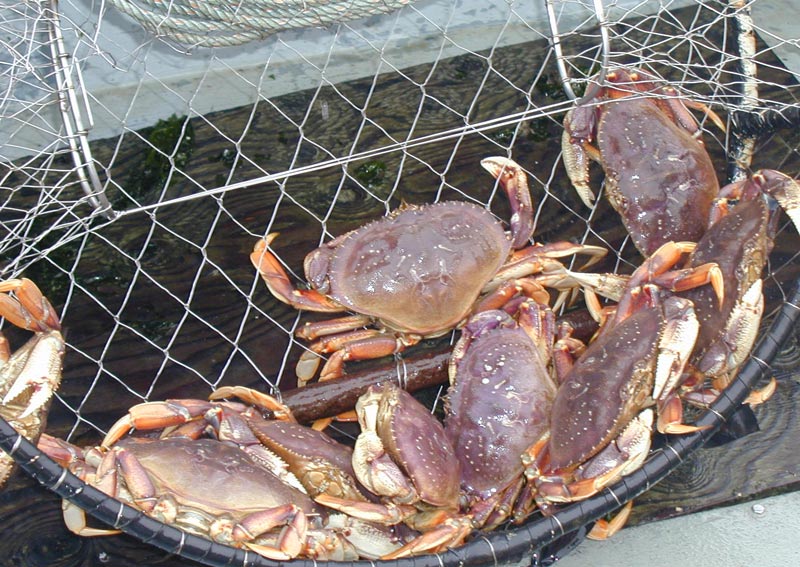
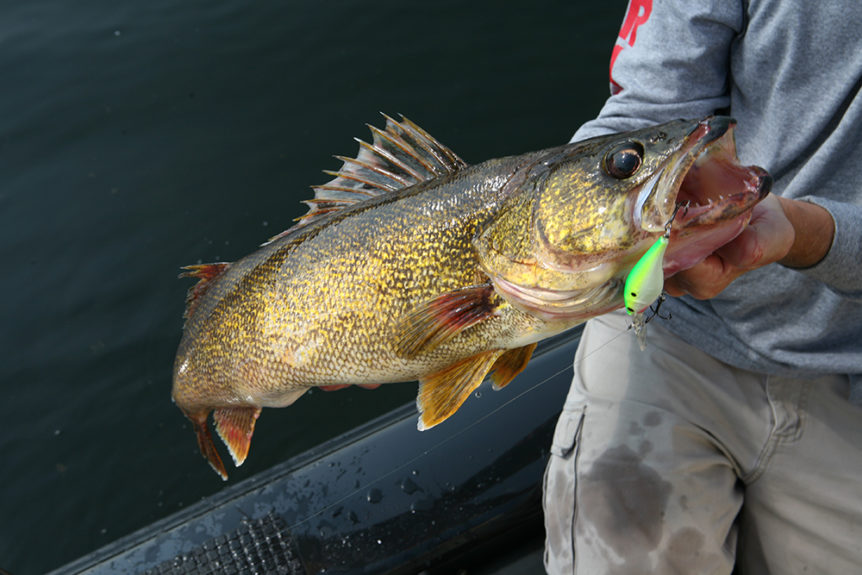



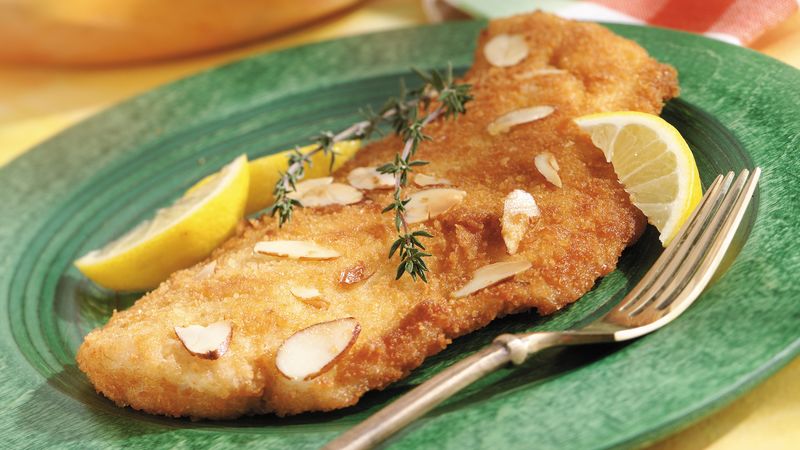
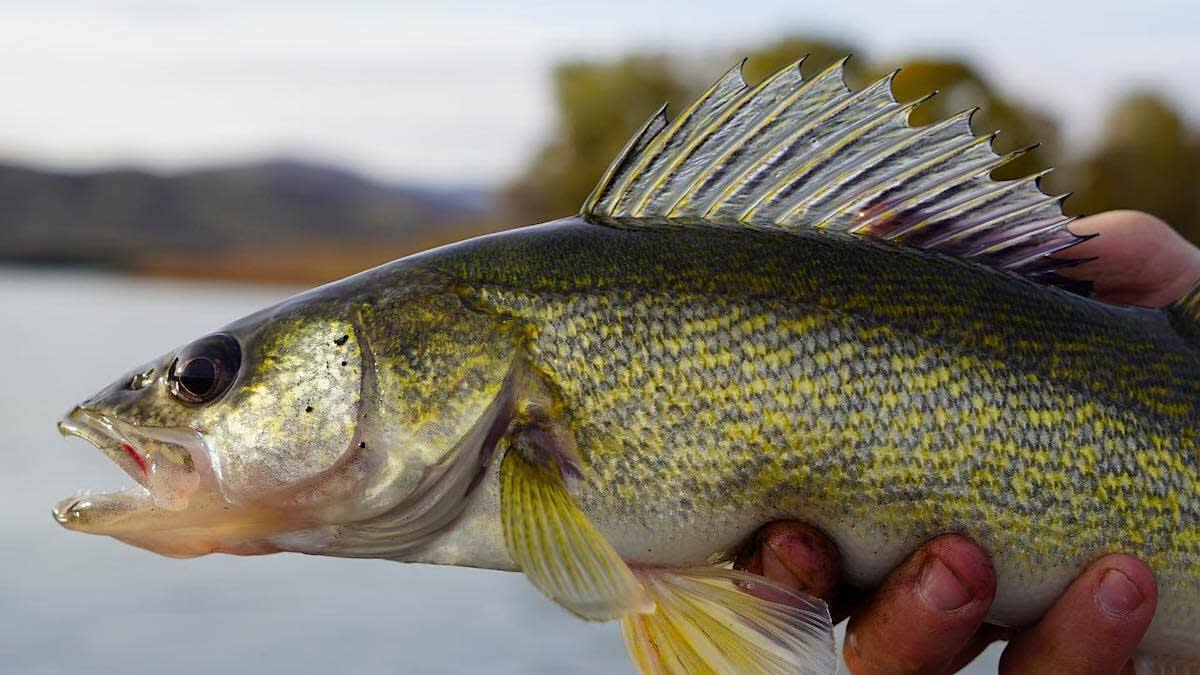
Recent Comments